Sister Ghost Japanese Maple – 3 Gallon Pot (3-4′)
$179.97 Original price was: $179.97.$98.99Current price is: $98.99.
SKU: D2LSC 0096248683 Category: JAPANESE MAPLE TREES
- 7 days return and exchange
- 100% Quality Satisfaction
- Shop with Confidence
- No Compromise on Quality

Sister Ghost Japanese Maple
Acer palmatum ‘Sister Ghost’
Plant Details
USDA Plant Hardiness Zones: 5a-9a (9b?) Find Your Zone
Height at Maturity: 8-10′
Width at Maturity: 8-10′
Growth Habit / Form: Upright, Broad
Growth Rate: Slow
Foliage Color in Spring: White to Soft Green with Dark Green veining
Foliage Color in Summer: Soft Green to Green shades with dark green veining
Foliage Color in Fall: Glowing Yellow and Orange shades
Light Needs: Morning Sun with Dappled or Afternoon Shade, Shade or Mostly Shade
Water Needs: Average, moderately drought tolerant when established
Soil Type: Clay (amend heavy clay to ensure good drainage), Loam, Sandy, Silt
Drainage: Moist But Well-Drained; Japanese maples do not constantly soggy soil!
Soil pH: 5.0 – 7.0 is ideal
Maintenance: Low
Resistances: Deer, Insect, Disease, Shade
Description
An absolutely lovely small tree that never goes unnoticed by visitors to our gardens during spring, summer and fall, the Sister Ghost Japanese Maple literally glows in the garden. In spring, the delicate, heavily dissected leaves emerge near-white with web-like green veining, appearing as little ghosts at the twig tips. As the season progresses the leaves turn to more of a glowing soft green and then to lime to medium green during summer with dark green veining. Cooler temperatures in fall bring glorious shades of yellow and/or orange and coral. Foliage color is best on Sister Ghost in a location where she is sheltered from direct afternoon sunlight. Morning sun with afternoon shade or all-day filtered sun or dappled shade is fine.
Landscape & Garden Uses
To showcase its magnificence and beauty, the Sister Ghost Japanese Maple is best used in the landscape as a focal point specimen to draw attention to a specific area of the home or landscape. That said, you can plant it in groupings where space allows or use two to frame an entrance.
Suggested Spacing: At least 14 feet apart for space between trees
Container culture can extend the useful range of Japanese Maples. They are extremely easy to grow in containers, a practice taken to its most extreme form in the art of bonsai. Click on the link below under Helpful Articles for Japanese Maple container planting instructions.
Note: One Japanese Maple can make a landscape…that is, if you don’t overcrowd it with other trees and plants. Therefore, when selecting companions to plant under or around your Japanese Maple, make sure to select low-growing shrubs or groundcovers that won’t interfere at all with your tree.
Growing Preferences
Though delicate looking, Japanese Maples are actually very tough, long-lived trees that are easy to grow in the ground or in containers.
In their natural habitat, Japanese Maples are understory trees, growing in dappled forest sunlight at the edges of woodlands. Ideally Sister Ghost prefers to be grown in similar conditions. You can find a complete listing of our sun-tolerant Japanese Maple varieties here.
Most any average garden soil will grow Japanese Maples. They prefer a moist but well-drained soil rich in organic matter. As with so many other ornamental plants and trees, constantly soggy or wet soil can be problematic. So make sure to plant your Japanese Maple in a well-drained site.
Helpful Articles
Click on a link below to get helpful advice from our experts on how to plant and care for Japanese Maple trees.
How To Plant A Japanese Maple Tree In The Ground
How to Plant A Japanese Maple Tree In A Pot
How To Fertilize And Water A Japanese Maple Tree
How To Prune A Japanese Maple
Plant Long & Prosper!
Meet The Wilson Brothers & Staff
Questions? Contact Us!
Be the first to review “Sister Ghost Japanese Maple – 3 Gallon Pot (3-4′)” Cancel reply
Related products
New
JAPANESE MAPLE TREES
Crimson Queen Dwarf Japanese Maple (High Graft Tree Form) – 2 Gallon Pot
New
JAPANESE MAPLE TREES
New
JAPANESE MAPLE TREES
New
JAPANESE MAPLE TREES
New
JAPANESE MAPLE TREES
New
JAPANESE MAPLE TREES
New
JAPANESE MAPLE TREES
Red Japanese Maple – Acer Palmatum ‘Atropurpureum’ – 1 Gallon Pot
New
JAPANESE MAPLE TREES

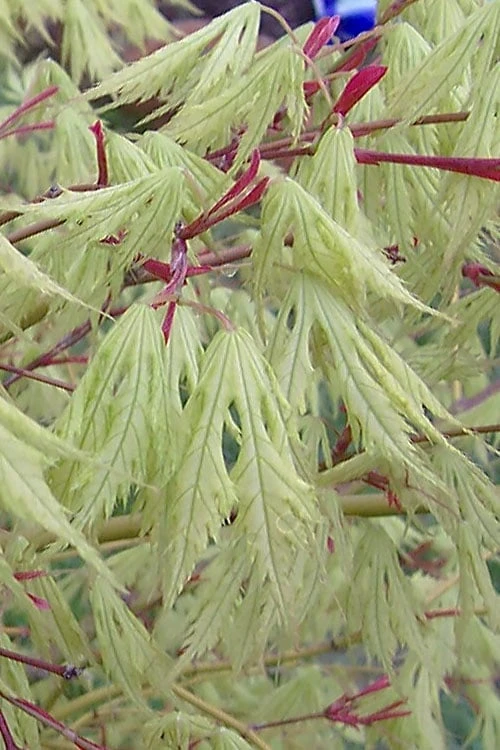





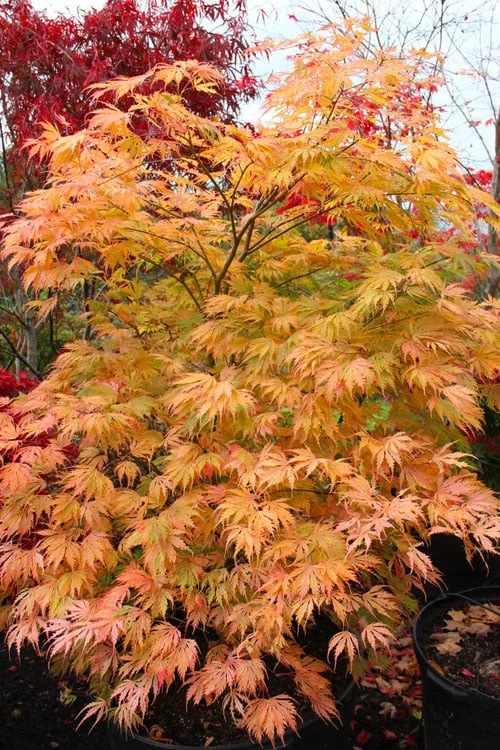
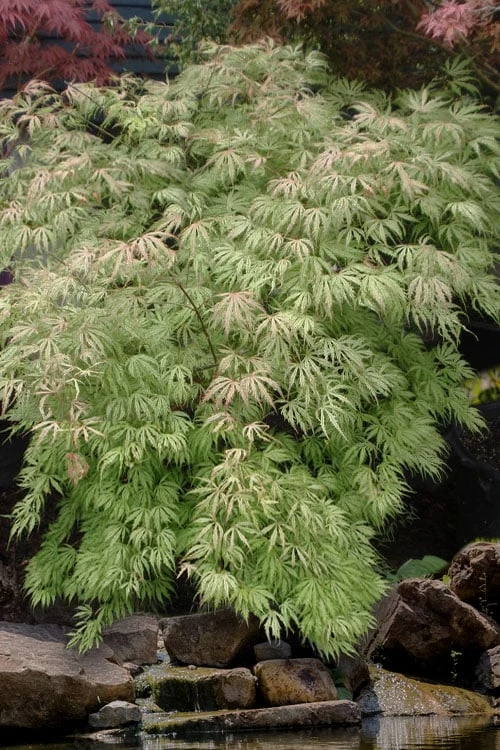

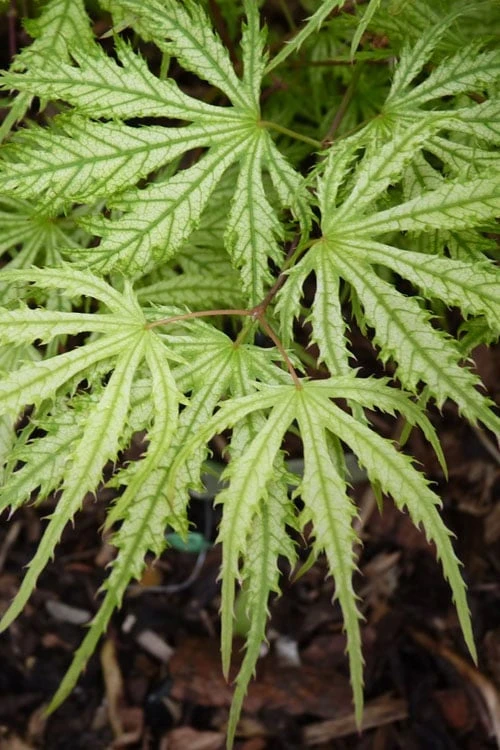











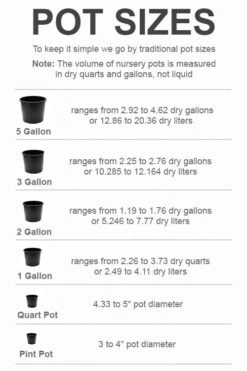

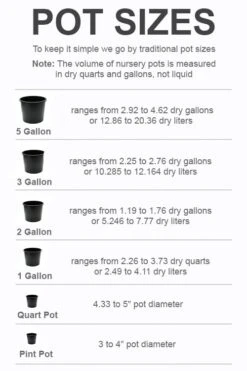
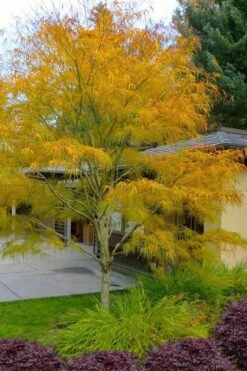
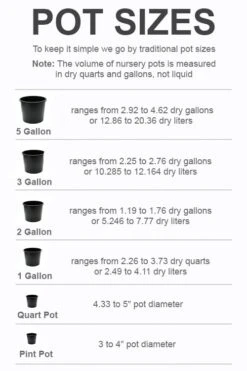

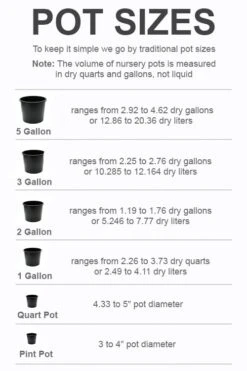
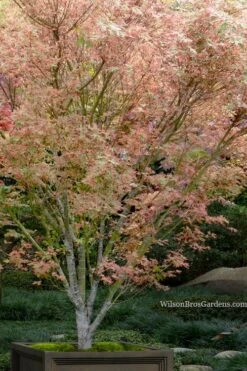
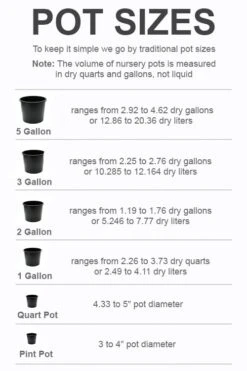

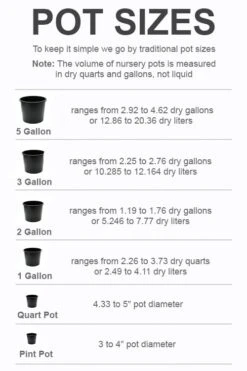
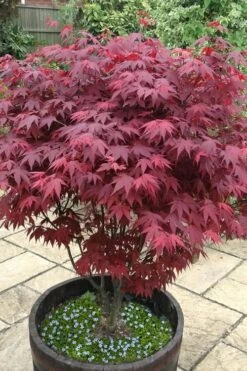
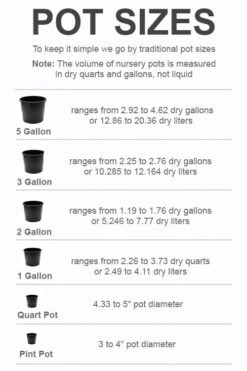
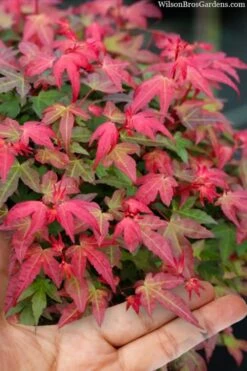
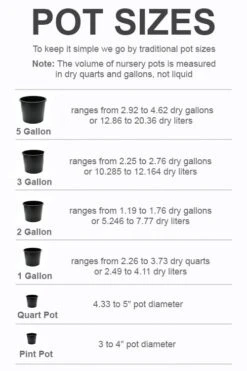
Reviews
There are no reviews yet.